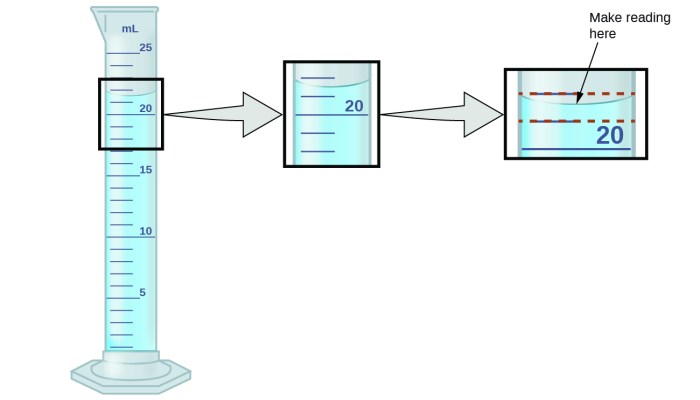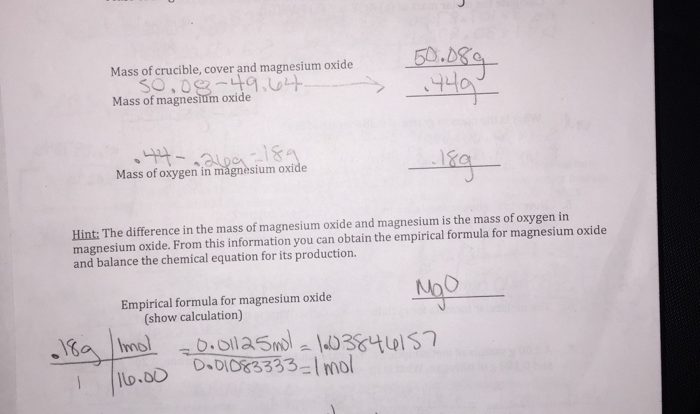Acids and bases worksheet with answers – Embark on an enlightening journey into the fascinating realm of acids and bases with our meticulously crafted worksheet and answer key. This resource offers a comprehensive exploration of these fundamental chemical concepts, empowering you to delve deeper into their properties, reactions, and applications.
Through engaging explanations, thought-provoking questions, and insightful answers, this worksheet serves as an invaluable tool for students, educators, and anyone seeking to enhance their understanding of acids and bases.
Acids and Bases Concepts
Acids and bases are two fundamental chemical concepts that play a crucial role in various scientific disciplines. They are substances that have distinct properties and undergo specific reactions.
Arrhenius Theory of Acids and Bases
The Arrhenius theory, proposed by Svante Arrhenius in the late 19th century, defines acids as substances that produce hydrogen ions (H+) when dissolved in water. Conversely, bases are substances that produce hydroxide ions (OH-) in water.
Bronsted-Lowry Theory of Acids and Bases
The Bronsted-Lowry theory, introduced by Johannes Bronsted and Thomas Lowry, expanded on the Arrhenius theory by defining acids as proton (H+) donors and bases as proton acceptors. This theory provides a more general definition of acids and bases, applicable to both aqueous and non-aqueous solutions.
Lewis Theory of Acids and Bases, Acids and bases worksheet with answers
The Lewis theory, proposed by Gilbert N. Lewis, defines acids as electron-pair acceptors and bases as electron-pair donors. This theory encompasses a broader range of chemical species and reactions, including those that do not involve proton transfer.
Acid-Base Properties
Characteristics of Acids and Bases
- Acids typically have a sour taste, turn blue litmus paper red, and react with metals to produce hydrogen gas.
- Bases typically have a bitter taste, turn red litmus paper blue, and feel slippery to the touch.
pH Scale
The pH scale is a measure of the acidity or basicity of a solution. It ranges from 0 to 14, with 0 being the most acidic and 14 being the most basic. A pH of 7 indicates a neutral solution.
Factors Affecting Acid-Base Strength
- Acid Strength:Stronger acids have a higher tendency to donate protons.
- Base Strength:Stronger bases have a higher tendency to accept protons.
- Electronegativity:More electronegative elements form stronger acids.
- Size and Shape:Smaller and more compact molecules tend to form stronger acids.
Acid-Base Reactions
Types of Acid-Base Reactions
- Neutralization Reaction:A reaction between an acid and a base that produces a salt and water.
- Acid-Base Titration:A technique used to determine the concentration of an acid or base by reacting it with a solution of known concentration.
Indicators
Indicators are substances that change color depending on the pH of a solution. They are used in acid-base titrations to indicate the endpoint of the reaction.
Acid-Base Equilibria: Acids And Bases Worksheet With Answers
Concept of Acid-Base Equilibrium
Acid-base equilibrium is a state in which the forward and reverse reactions of an acid-base reaction occur at the same rate, resulting in no net change in the concentrations of the reactants and products.
Common Ion Effect
The common ion effect is the decrease in the dissociation of a weak acid or base when a strong electrolyte containing a common ion is added to the solution.
Buffer Solutions
Buffer solutions are solutions that resist changes in pH when small amounts of acid or base are added. They play a crucial role in maintaining the pH of biological systems.
Applications of Acids and Bases
Industrial Applications
- Production of fertilizers, plastics, and chemicals
- Metal refining and electroplating
- Food processing and preservation
Everyday Applications
- Batteries
- Cleaning products
- Antacids
Biological Systems
Acids and bases are essential for maintaining pH homeostasis in biological systems. They play a role in enzyme function, protein structure, and cellular respiration.
Environmental Implications of Acid Rain
Acid rain is caused by the release of sulfur dioxide and nitrogen oxides into the atmosphere, which form acids when they react with water. Acid rain can damage forests, lakes, and buildings.
Question & Answer Hub
What is the difference between an acid and a base?
Acids are substances that release hydrogen ions (H+) when dissolved in water, while bases release hydroxide ions (OH-) when dissolved in water.
What is the pH scale?
The pH scale is a measure of the acidity or basicity of a solution, ranging from 0 to 14. A pH of 7 is neutral, below 7 is acidic, and above 7 is basic.
What is a neutralization reaction?
A neutralization reaction is a chemical reaction between an acid and a base that produces salt and water.

